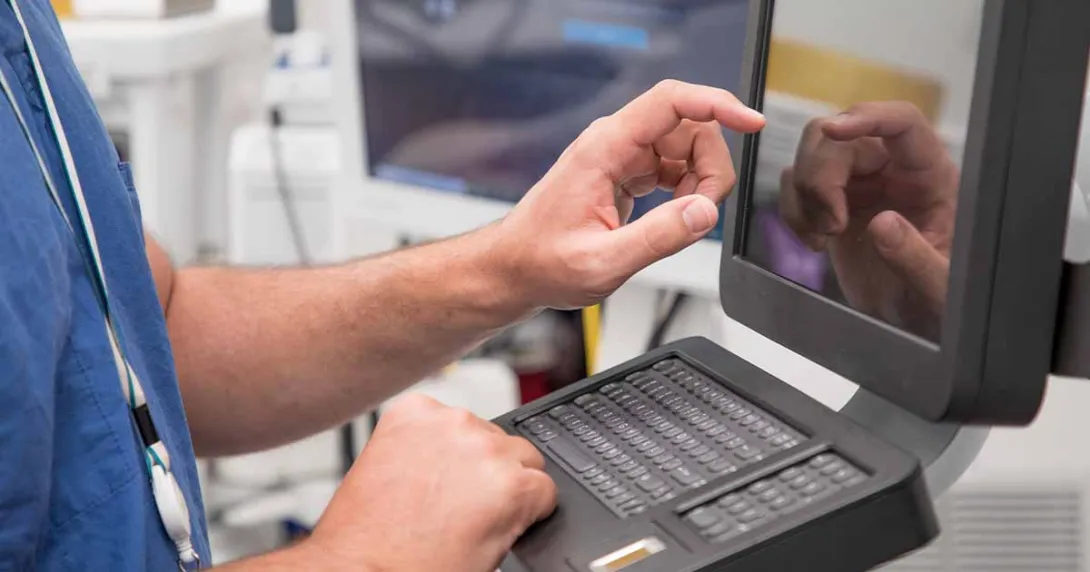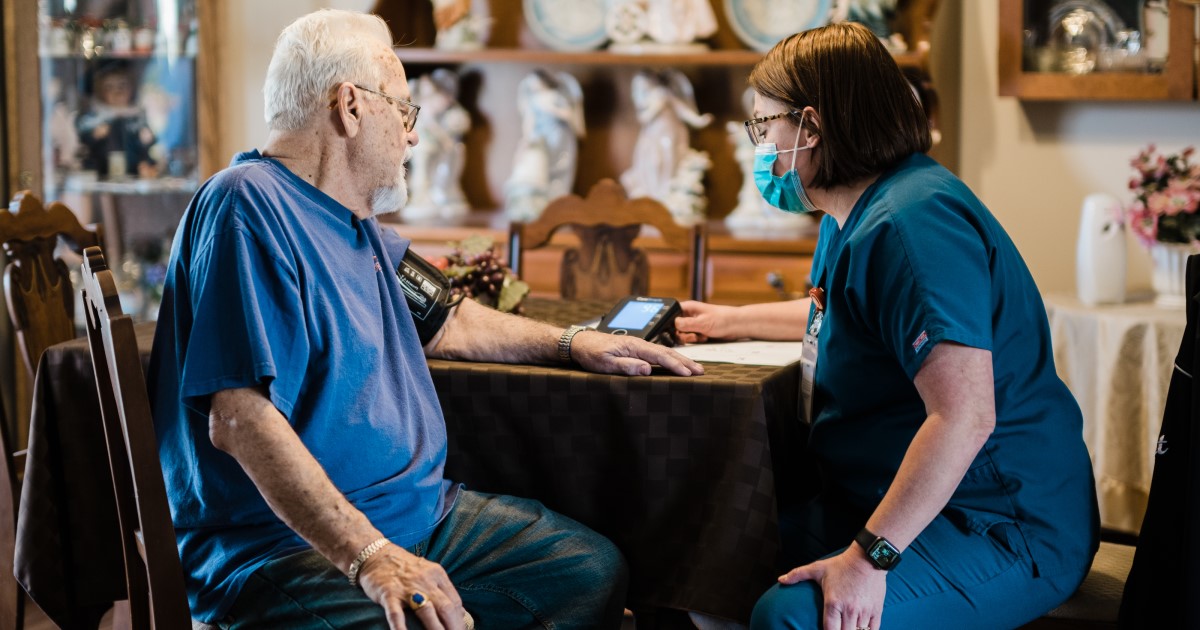
For nearly three years, University of Florida Health (UF Health) Shands, a private, not-for-profit hospital system with more than 1,000 beds, has been using a radio frequency identification (RFID) solution to help the pharmacy team manage “crash cart” trays. These trays contain necessary medicines to assist emergency medicine clinicians in responding to medical emergencies. Rubaiyat Zinat, pharmacist coordinator for adult medicine pharmacy services at UF Health, said the hospital initially selected this approach to help stock those carts more efficiently.
“There are a lot of manual checks you have to do with these trays to make sure they have all of the right drugs,” she said. “Implementing an RFID solution allows our pharmacists to do other things while knowing that the trays are set up to meet the emergency department’s needs.”
The pharmacy, Zinat added, gained additional benefits from streamlining that workflow, including improved inventory management and compliance monitoring. So, when UF Health Shands stood up a new hospital at home program in 2024, pharmacy leadership decided its RFID solution would be the best way to track urgently needed medications administered outside the four walls of the hospital.
Meeting inpatient medication needs at home
The hospital at home care model provides inpatient-level care to patients in the comfort of their own homes. This program serves patients having difficulty managing chronic conditions or who are recovering from surgery or an illness. “Hospital at home patients are virtually monitored 24 hours a day, and nurses visit at least twice a day to provide care,” according to Zinat.
In case of emergency, these nurses are issued a special medication bag that includes many items present in the hospital’s crash cart trays. These bags may also contain controlled medications. RFID scanning enables pharmacists to track what’s been used, replace those items and check for recalls or expired drugs. The data from the system’s reporting feature helped the hospital identify and eliminate low-use medications from the bags, resulting in significant cost savings, Zinat pointed out.
“Thanks to RFID, we don’t have to manually check the bags. We know exactly what needs to be replenished,” she said. “It also helps ensure we have enough stock and lead time to give our nurses everything their patients may need.”
Evolving needs require evolving systems
Considering the benefits the health system has experienced with RFID management, Zinat is hopeful that RFID’s use will expand to hospital operating rooms and anesthesia workstations. The ability to use drugs pre-tagged by pharmaceutical manufacturers would further simplify medication management workflows, saving her team time and frustration. “We spend a lot of time trying to figure out where to put the tag so it doesn’t block the barcode or important information on the drug label. When you do that hundreds of times a day, those hours add up,” she said.
Pre-tagged medications from pharmaceutical manufacturers would not only save time but also promote patient safety across the hospital system, Zinat noted. It would also eliminate manual errors while logging drugs, making it “virtually impossible” to have an improperly stocked tray or bag.
“Being able to provide inpatient care outside the hospital is a benefit for many patients,” Zinat said. “Selecting an RFID solution to help us manage medications and bring that care to patients was an easy decision.”
For stories and perspectives from industry thought leaders exploring how RFID technology and innovation advance healthcare, please visit https://www.plusrfid.com/insights/.


